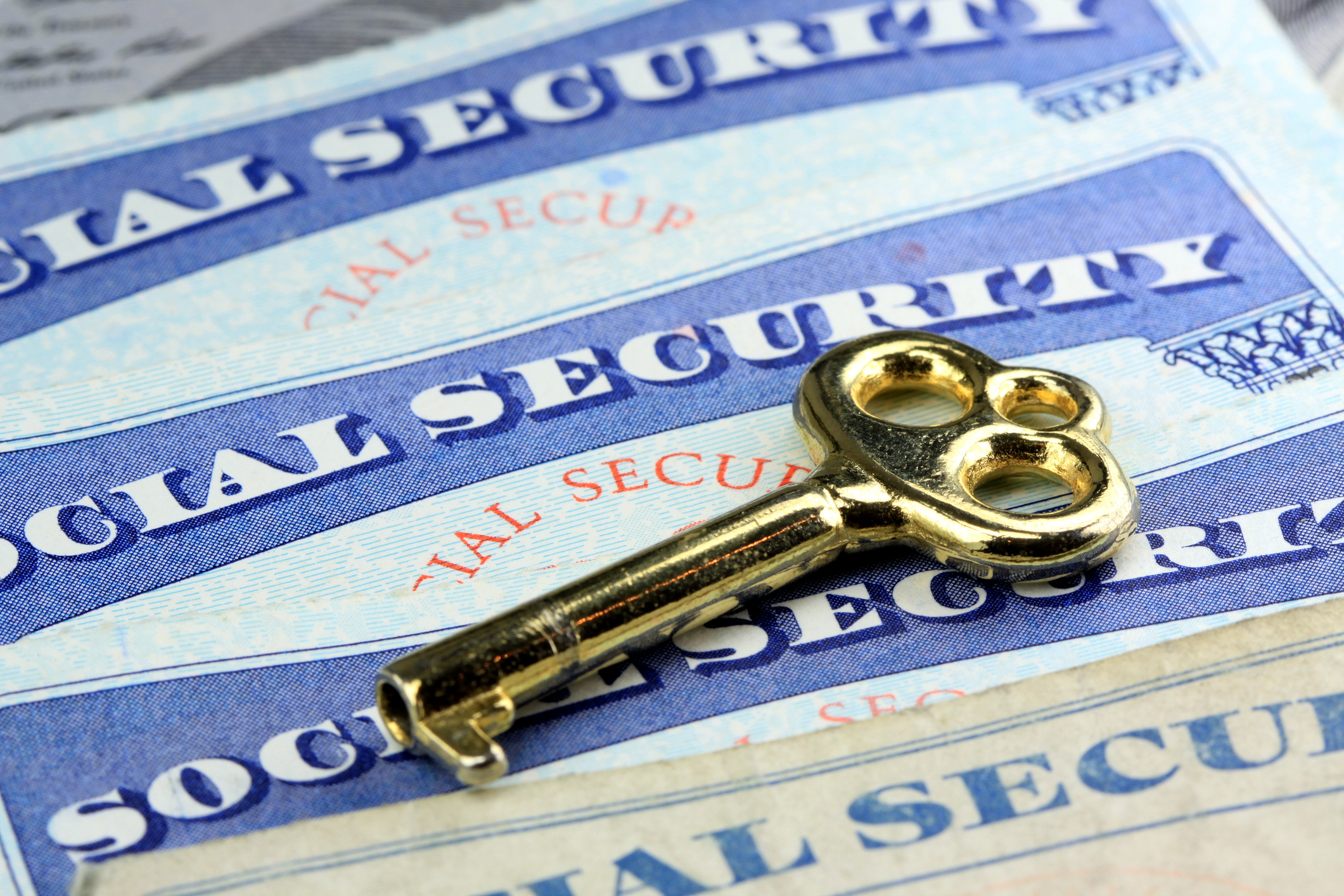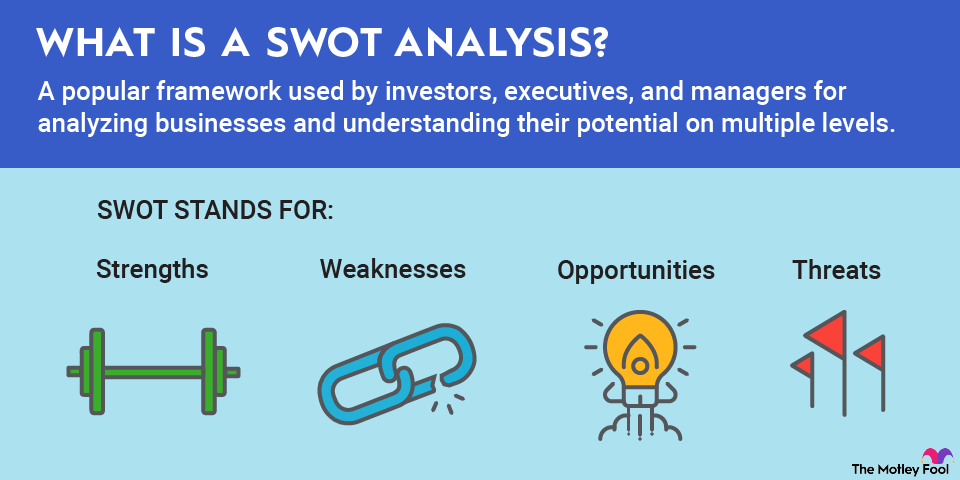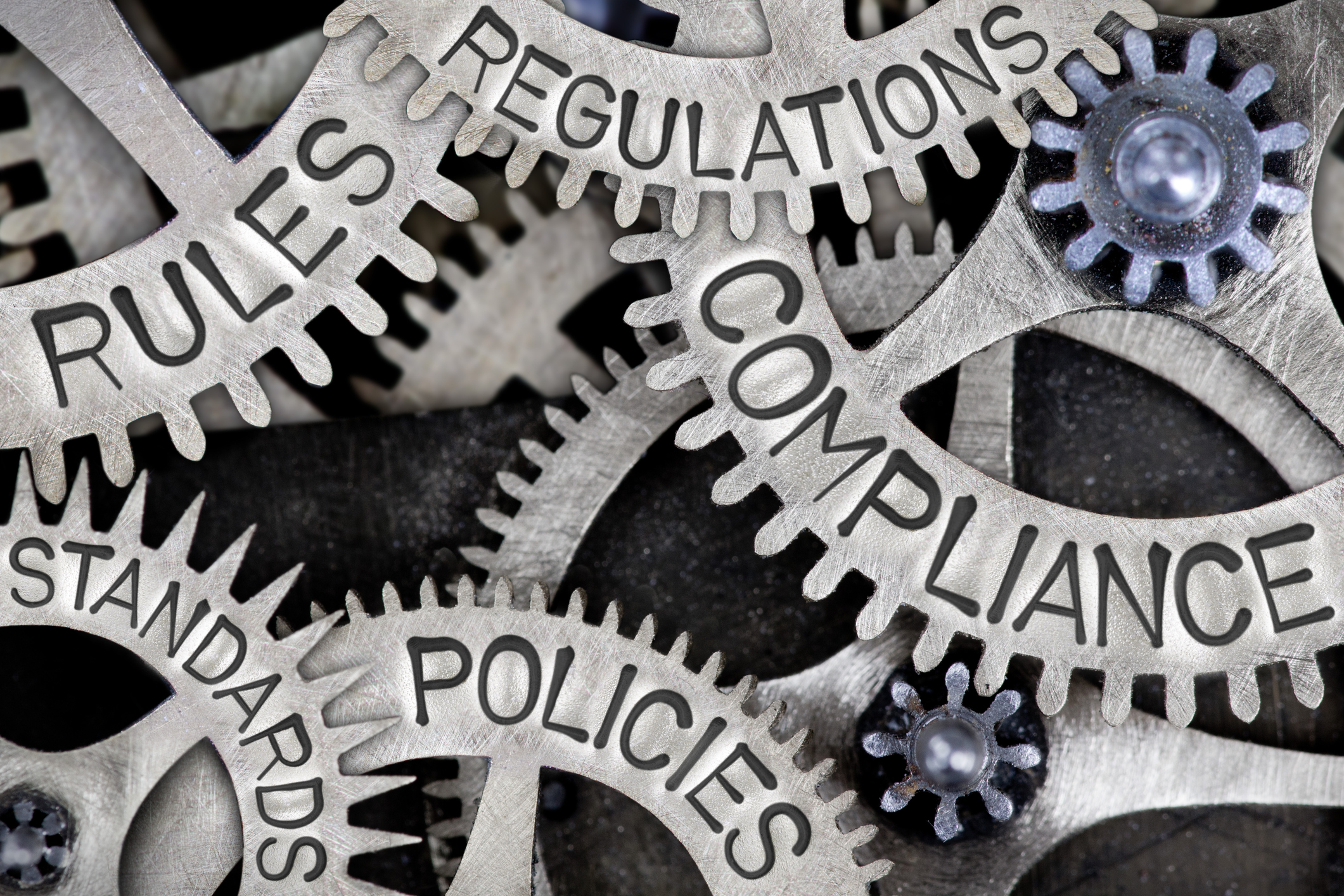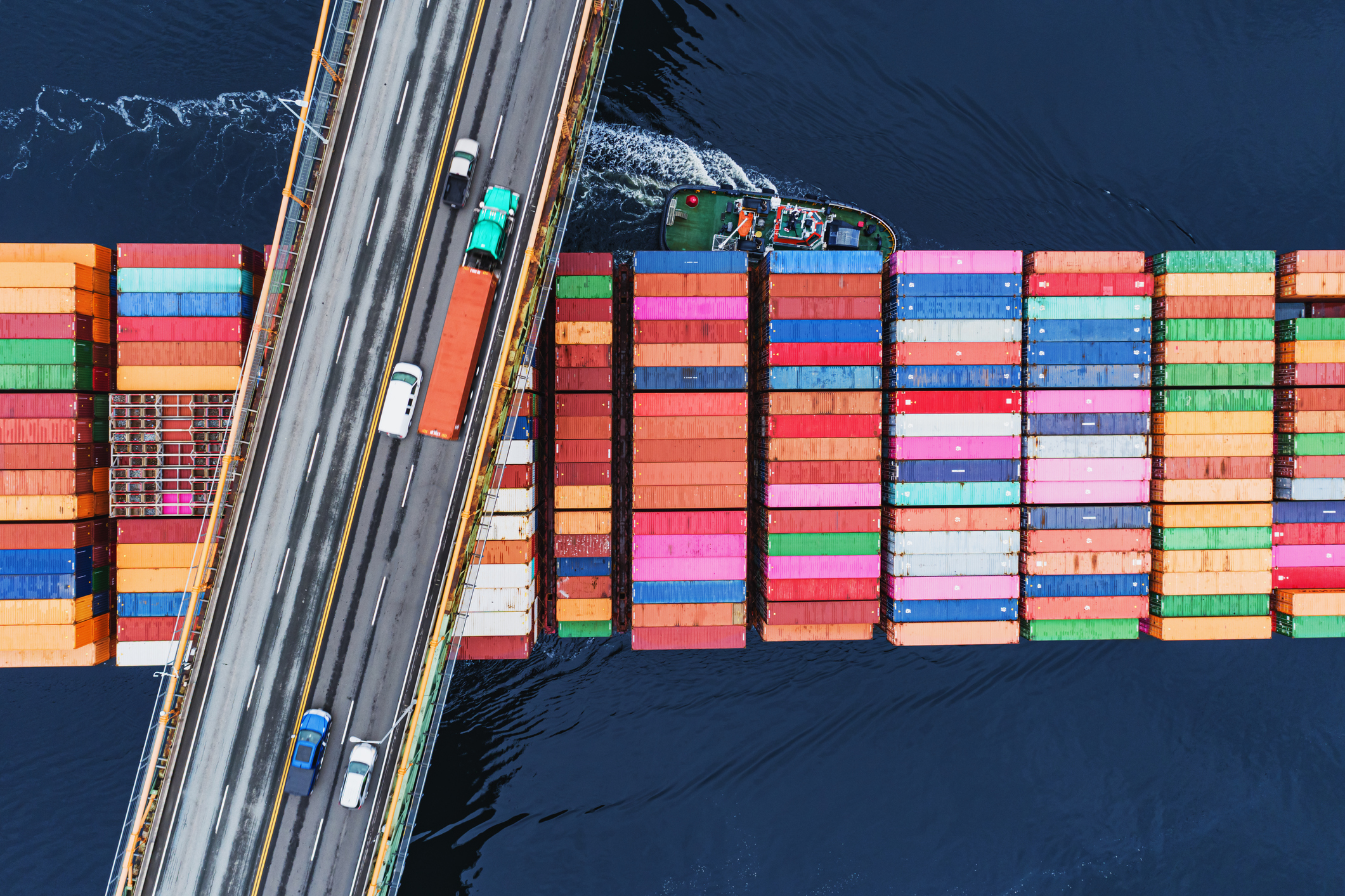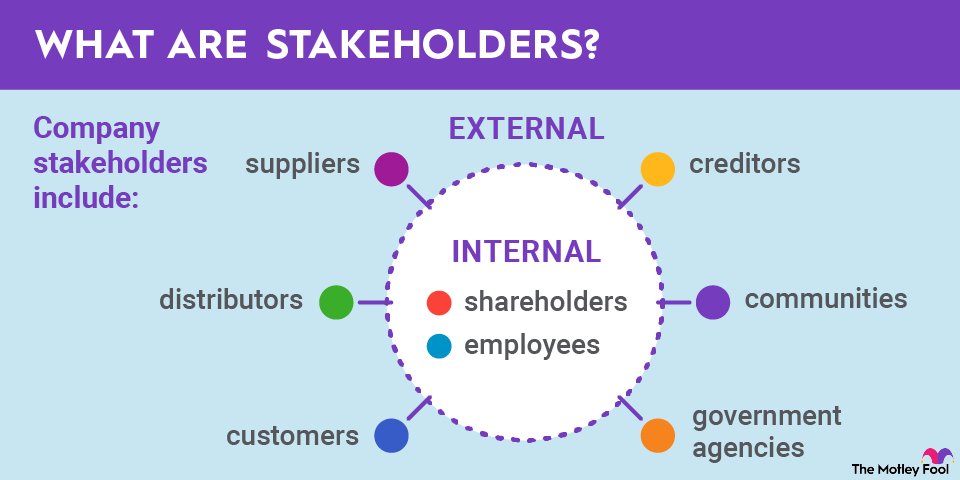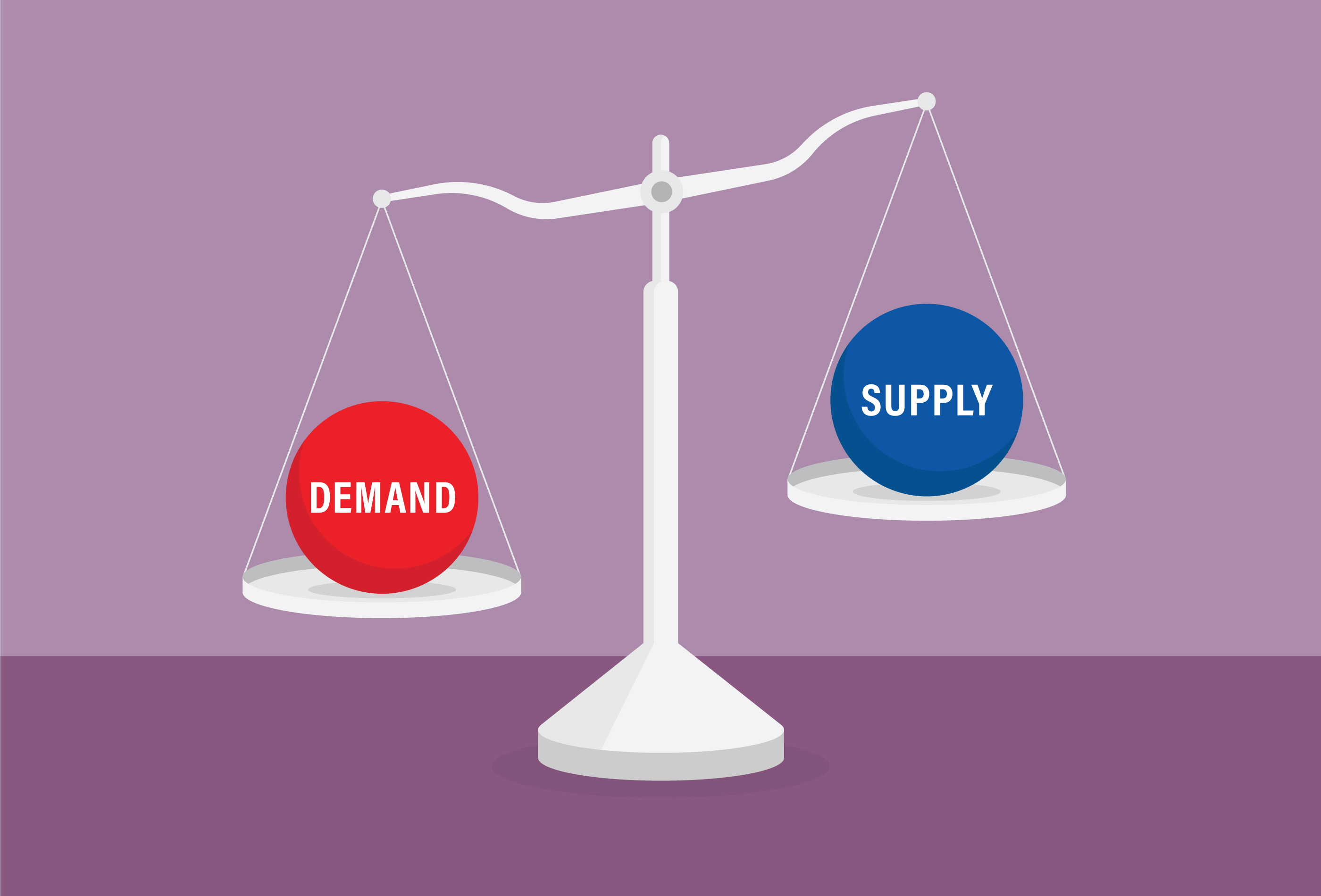In 2023, federal government subsidies included in the U.S. gross domestic income totaled $101 billion. That's an eyebrow-raising number, even for the feds.
Dive into the context for that spending with this overview of subsidies below. You'll learn about subsidies, including the arguments for and against them. You'll also meet one long-running federal subsidy program that isn't going away any time soon.
Understanding subsidies
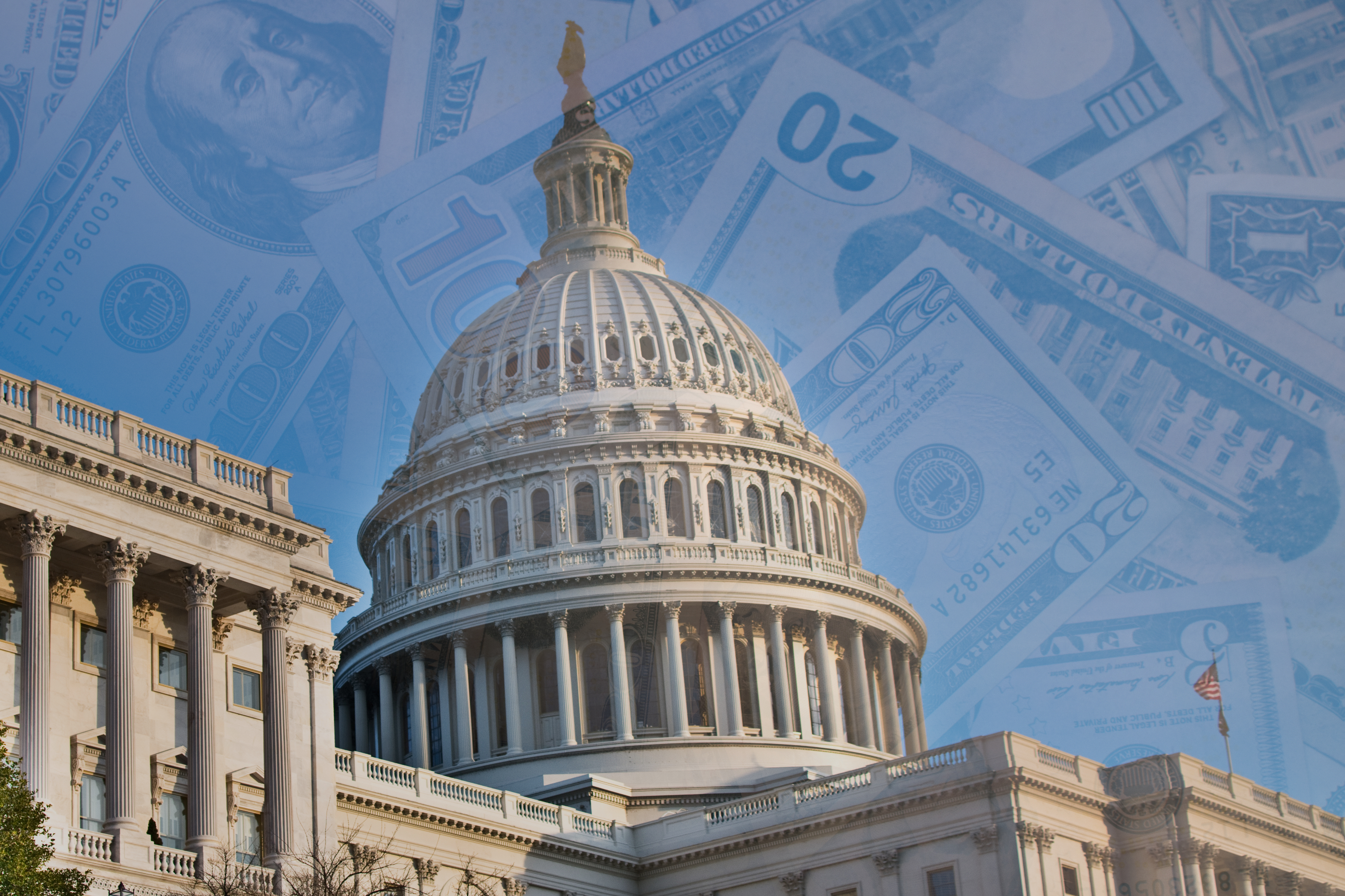
Subsidies are concessions governments make to companies, industries, other governments, or individuals. A subsidy can be a direct cash payment or something more subtle, such as a tax break or access to competitively priced loans.
Subsidy programs are intended to deliver positive externalities, which is an economic phrase meaning positive public outcomes. The preservation of jobs or entire industries, advancing education, or managing poverty or class inequity are examples. In the United States, federal subsidies:
- Help farmers maintain sustainable incomes
- Support maintenance and development of the transportation infrastructure
- Encourage clean energy projects.
There are also many federal and state subsidies that address poverty and healthcare costs.
Types of subsidies
Subsidies are categorized as direct or indirect. Direct subsidies are cash payments. Examples include funding provided to passenger rail provider Amtrak and welfare payments to impoverished households.
Indirect subsidies are less quantifiable financial benefits, such as:
- Tax incentives: Tax breaks, rebates, credits, and exemptions. The federal government provides tax credits for qualifying renewable energy projects, for example.
- Pricing policies: Actions taken to maintain minimum or maximum pricing for an essential good or service. The U.S. government has pricing floors and ceilings for agricultural products, which it supports through various actions. The government's Commodity Credit Corporation (CCC) can buy surplus products when prices are low and then resell them when prices rise. Pricing floors and ceilings are designed to balance farmers' need for sustainable income with consumers' need for reasonable commodity prices.
- Loan programs: Affordable funding for students, entrepreneurs, and first-time homebuyers. Without government backing, loans to these groups would be prohibitively expensive. The advancement of education, small business, and home ownership is thought to provide positive spillover effects that raise overall opportunity and quality of life in the U.S.
Pros and cons of subsidies
Subsidies are controversial. At a high level, proponents cite positive externalities, while opponents believe subsidies encourage economic inefficiencies.
Specific arguments for subsidies include the following:
- Subsidies deliver long-term economic and life-quality benefits. While the cost of subsidies can be difficult to justify in the short term, the longer-term effects can be significant.
- Subsidies preserve jobs and enhance economic opportunity.
- Subsidies balance supply and demand so that critical industries, like agriculture, can remain viable for producers.
Opposing perspectives include the following:
- Subsidies are an expensive burden for taxpayers.
- Subsidies allow businesses, industries, or markets to operate inefficiently, which has a negative long-term economic effect.
- The benefits of subsidies are hard to measure.
- Subsidies invite corrupt behavior among lawmakers. Subsidy support can be a tool politicians use to gain favor or power. Likewise, lobbyists can have industry-specific motivations that don't align with the broader public welfare.
Related investing topics
Amtrak subsidies
The U.S. government subsidizes highway travel and air travel, but its largest transportation investment on a per-mile basis goes to Amtrak. Amtrak was created by Congress in 1971 after the two largest rail companies in the U.S. went bankrupt. Remaining rail operators at the time were rapidly shutting down routes because of shrinking ridership.
The subsidy awarded to Amtrak in 1971 was a $40 million grant plus $100 million in government-backed loans. The rail operator has received annual subsidies from the government ever since.
Most recently, Amtrak announced the allocation of $2.1 billion in federal funding to expand and improve its route network. The bulk of the award was earmarked for Amtrak partners to pay for infrastructure upgrades. Funding also went to local governments for rail corridor improvements and to Amtrak for station and service improvements.
Amtrak generates revenue via ticket sales, but it doesn't cover the company's operating expenses or capital costs. Amtrak's reported net losses in 2023 and 2022 were $1.7 billion and $1.8 billion, respectively. Without federal subsidies, passenger rail service in the U.S. would not survive. That's not uncommon for public transport systems -- many around the world are funded by their governments.
Supporters of Amtrak subsidies argue that keeping passenger rail alive in the U.S. delivers a range of positive externalities. These include energy efficiency and traffic reduction in urban areas. Rail travel also provides an alternate form of transportation, which can be critical during emergencies that affect fuel supplies and/or highways and roads.
Opponents say too few people use Amtrak to justify the cost. Routes in the northeast U.S. are popular, but ridership is inconsistent in other areas of the country. The heavy subsidies allow Amtrak to keep the unprofitable routes open, which may not be the best use of government resources.

